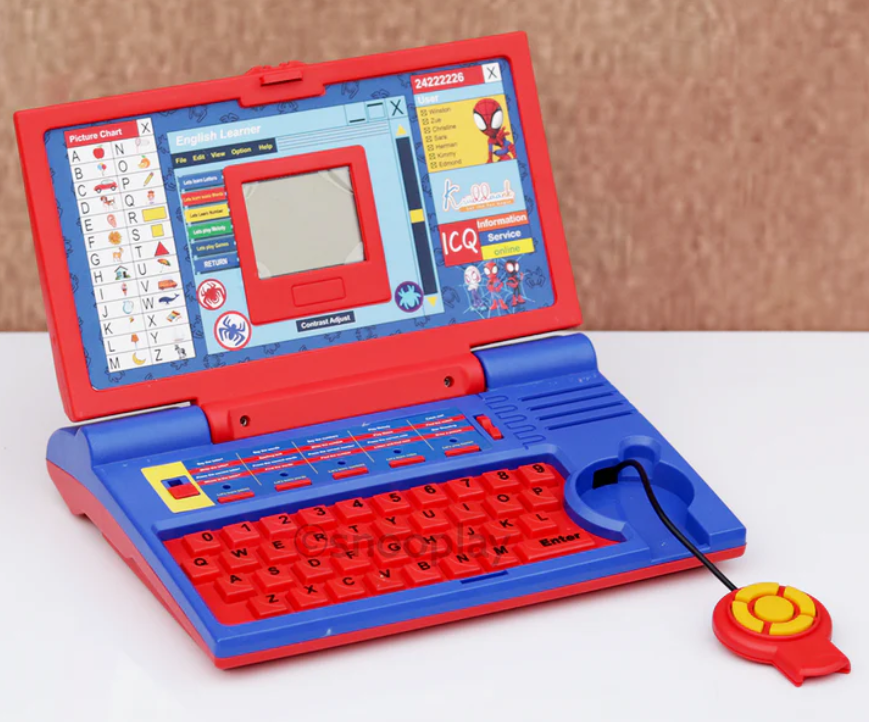Poker is an exciting card game popular worldwide, and it’s easy to get started with the right knowledge. Understanding the basics is essential whether you’re new to the game or looking to improve your skills. From learning the different hands to mastering betting strategies, Poker isn’t just about luck but skill and smart decision-making. In this guide, we’ll walk you through everything you need to know to play confidently, whether using a Poker India app or playing live. This post will help you enjoy the game and improve your chances of success.
How to Get Started with the Basics of Poker?
So, at its core, Poker is a game of skill and luck. The game is played using the standard 52-card deck, and your objective is to create the best five-card hand (or at least make others believe that you have it). The most popular version of Poker is Texas Hold’em, in which two hole cards are privately dealt to each player while five community cards are shared between all players
players.
Winning the game is not just about having the best Poker hands—it involves using strategy, positional play, and bluffing to outsmart your opponents. The weakest hand is a high card, while the strongest is a royal flush. But Poker isn’t just about the cards; it’s how you use them. The more you play, primarily through the Poker India app, the more professional your gameplay becomes.
Understanding the Core Poker Hands
In Poker, the winner is the player with the best hand at the end of the game. Here’s a quick list of hands from weakest to strongest:
- High Card: The highest card in your hand if no one has a pair or better.
- Pair: Two cards of the same rank.
- Two Pair: Two different pairs.
- Three of a Kind: Three cards of the same rank.
- Straight: Five cards in a sequence, regardless of suit.
- Flush: Five cards of the same suit, not in order.
- Full House: A pair and a three of a kind.
- Four of a Kind: Four cards of the same rank.
- Straight Flush: Five cards in a sequence, all of the same suit.
- Royal Flush: The best possible hand, consisting of the 10, Jack, Queen, King, and Ace, in the same suit.
Understanding these hand rankings is key to knowing who wins in each round.
How to Deal with Probability and Hand Analysis?
At the heart of any Poker strategy is probability. Every decision a player makes involves some risk versus reward, and if a person knows the respective probabilities, he can make better moves. Some things you need to keep in mind are;
- Pot Odds: It is a ratio of the current size of the pot to the price of a contemplated call. For example, if the pot is Rs. 500 and it costs you ₹100 to stay in, then your pot odds are 5:1. Compare this with the hand odds – the chances of getting your desired hand – and decide whether your call will be profitable.
- Outs and Percentages: An “out” is any card that will improve your hand. Knowing how to calculate outs is very important when it comes to Poker. For example, if you need a heart to make a flush, and 9 hearts remain in the deck, your odds of hitting it are about 19% on the next card. Use these calculations to make informed decisions.
Combining this knowledge with constant practice—whether at live games or in online poker tournaments—you’ll gain an edge over others who rely on instinct.
What about Game Theory and Strategic Decision-Making?
While luck plays a part in Poker, skill is your best friend for long-term success. Game theory involves balancing your moves to make them less predictable and includes concepts like Nash equilibrium, where no player can improve their outcome by changing their strategy alone.
So, try to avoid becoming predictable. If you always fold in certain situations, sharper opponents will exploit this. Similarly, over-aggressiveness can make you an easy target. A balanced strategy that mixes aggressive and cautious play makes it harder for others to predict your moves.
Bluffing, conversely, isn’t just about misleading—it’s about crafting a story that aligns with the table dynamics. For instance, if the board suggests a straight and you bet confidently, opponents might believe you have it. Effective bluffing combines storytelling, timing, and an understanding of player psychology.
Including these elements into your gameplay, whether online or in Poker tournaments, builds your ability to play at a higher level and adapt to the competition.
Things to Know about Positional Play and Table Dynamics
Position is power in Poker. Where you sit next to the dealer decides when you act in hand, which can greatly affect your decisions.
- Early Position (EP): Being one of the first to act is challenging because you need more information about what others will do. It’s wise to play tighter and only bet with stronger hands in EP.
- Middle and Late Positions: Moving closer to the dealer button, you can see how others act before deciding. Late position allows for looser play and better bluffing opportunities since you have the most information.
- Adapting to Table Dynamics: A table full of aggressive players may force you to tighten up, while a passive table invites you to be more assertive. Always check how others behave and adjust your play accordingly.
Understanding these dynamics is especially important when transitioning between live games and online formats like those on a Poker India app.
Online Versus Live Play Dynamics
Poker is Poker, but online and live games have unique differences, which you need to be aware of.
- Speed of Play: Online Poker is faster than live games. You’ll face more hands per hour, so adaptability is key. Be ready to make decisions quickly while staying mindful of your overall strategy.
- Reads and Tells: In live Poker, you can observe physical cues—nervous gestures, prolonged eye contact, or sudden changes in behaviour. Online, you rely on “timing tells” (how long a player takes to act) or betting patterns instead.
- Multi-tabling: Online platforms allow you to play multiple tables at once. While this can increase your winnings, it requires discipline and focus. Start with one table and slowly increase as you become comfortable.
The beauty of online platforms, such as the Poker India app, is their accessibility and variety, including practice games and cash-free options for beginners.
Bankroll Management will be Your Safety Net
No matter how skilled you are, bad runs happen, and that’s why bankroll management is important for long-term success.
- Set a Budget: Set aside a specific amount for Poker and never dip into funds for other purposes. Think of your bankroll as a tool—it’s there to help you grow, not to risk recklessly.
- Stick to Stakes: Play at stakes that align with your bankroll. A good rule is to avoid risking more than 5% of your total bankroll on a game or tournament.
- Avoid Tilt: Tilt is when frustration or overconfidence leads to poor decisions. If you lose a few big hands, take a break and return refreshed.
The Psychological Edge of Understanding Yourself and Others
Poker isn’t just about cards and chips; it’s a psychological game or your best “Poker face”.
- Reading Opponents: Pay attention to betting patterns. Does someone always raise when they have a strong hand? Do they fold under pressure? Use this information to exploit their weaknesses.
- Controlling Your Emotions: Stay calm, whether you’re winning or losing. Emotional decisions are often poor ones. Practise mindfulness techniques to maintain focus and composure during games.
- Developing Patience: Only some hands are worth playing. Sometimes, the best move is to fold and wait for a better opportunity.
This mental discipline is essential, especially in competitive settings like Poker tournaments, where the stakes and pressure can be high.
Conclusion
No one becomes a Poker expert overnight. The game evolves, and so should you. Dedicate time to studying advanced strategies, watching professional players, and analysing your gameplay. Many platforms, including PokerJAM, offer tutorials, hand reviews, and community forums to support your growth.
Knowing about the basics of Poker is more than learning the rules; it’s about making the most of strategies, probabilities, and psychological elements that make the game endlessly fascinating. So, whether you’re exploring online platforms or training for Poker tournaments, time and patience will give you an edge over others.
Also Read
- ► Why Custom Fast Food Boxes Are Crucial For Your Business
- ► The Empyre Shatter Black Mesh Football Jersey
- ► How to Master Samsung Washing Machine Maintenance in Riyadh
- ► IEC Registration Made Simple: Step-by-Step Process for Your Business
- ► The Art of Color Theory in Women Clothing
- ► Why Are Parker Pneumatic & Valves Suppliers Key for Automation?
- ► The Ultimate Resource for Custom Cigar Boxes for Your Company
- ► Effortless Style and Urban Sophistication Exploring the Stussy Violet T-Shirt
- ► Increase Your Brand with Custom Vape Cartridge Boxes
- ► Best Ways to Shop for Furniture Online in Abu Dhabi
- ► The Importance of the Udyam Portal for MSME Growth
- ► What Customization Options Do Rack Manufacturers Offer?
- ► Unveiling the Style Statement She Love My Glo Black Tee
- ► Why Your Bakery Needs Custom Waffle Boxes For Branding
- ► 7 Ways to Get Custom Sofas Made in Dubai





